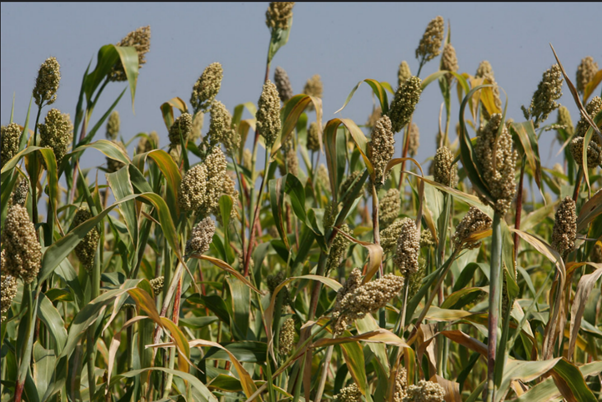
When we talk about #FoodEquity and food shortages around the world, we often hear the term 'Food Systems' 🔄
But what exactly are food systems? And how are current #FoodSystems limiting our ability to #LeaveNoOneBehind?
A 🧵 ahead of #WorldFoodDay2022 👇
But what exactly are food systems? And how are current #FoodSystems limiting our ability to #LeaveNoOneBehind?
A 🧵 ahead of #WorldFoodDay2022 👇

The global food system is a complex web of activities involving all the production, processing, transport storage and consumption and disposal of food (1)
🚜🧺🌽🍕
🚜🧺🌽🍕
It includes not only the basic elements of how we get our food from farm to fork, but all of the processes and infrastructure involved in feeding a population, including policy and cultural norms around food (2) 🍴🍴
Considerations of equity and inequity permeate throughout the global food system....
....one in every four calories gets lost or is wasted, whilst 828 million people are facing hunger across the world (3)
....one in every four calories gets lost or is wasted, whilst 828 million people are facing hunger across the world (3)
Historical injustice has a large part to play in the ongoing failure of global food systems to provide access to adequate and healthy food and nutrition for everybody (4)
Globally we've come to rely on only three crops, maize, wheat & rice, promoted over indigenous crops during colonial rule
Monocultures – the intensive farming of one crop for export, still reign over the global agriculture sector, damaging soil & destroying biodiversity (5)
Monocultures – the intensive farming of one crop for export, still reign over the global agriculture sector, damaging soil & destroying biodiversity (5)
Most countries rely heavily on importing these three crops from a small handful of countries. They're shipped around the 🌍 by just a few trading firms
-two companies control 40% of the global seed market
-four companies control an estimated 70-90% of global grain trade (6)
-two companies control 40% of the global seed market
-four companies control an estimated 70-90% of global grain trade (6)
These companies enjoy record breaking profit, whilst millions go hungry. Grain companies enjoyed record breaking profits this year amidst a deep food crisis where over 345million people are facing global food insecurity
theguardian.com/environment/20… (7)
theguardian.com/environment/20… (7)
The ‘cartelisation’ of the global grain trade and the ‘supermarketisation’ of food retailing show the dangers of a concentration of power in the hands of a few, who can manipulate supplies, prices and diets to the disadvantage of millions of other actors in the system (8)
For equity and sustainability in our global food systems we need food system transformations on a large scale.
It's not just about technological fixes, it’s about restructuring our economies, our institutions and big business (9) 💸🏛️🕴️♂️
It's not just about technological fixes, it’s about restructuring our economies, our institutions and big business (9) 💸🏛️🕴️♂️
A resilient #FoodSystem has the capacity to sustainably provide sufficient, appropriate, safe, and accessible food to all people over time, even in the face of shocks and stressors (10)
Equity between food system participants needs to be actively promoted, including through, especially for vulnerable or marginalised groups such as small-scale producers, indigenous peoples, and women (11)
Read about our work on food equity ids.ac.uk/food
Read about our work on food equity ids.ac.uk/food
• • •
Missing some Tweet in this thread? You can try to
force a refresh







